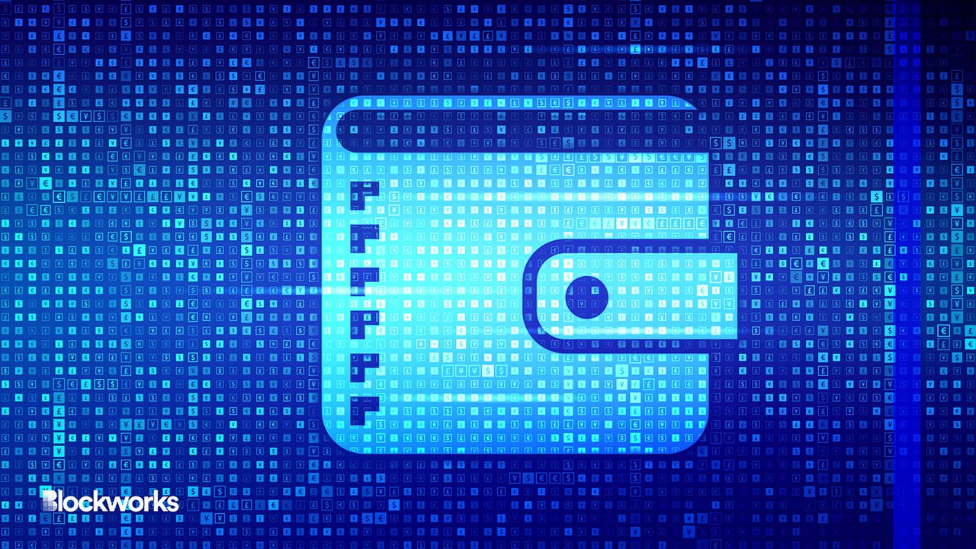As cryptocurrencies continue to change the financial environment, Ensuring your digital assets are secure becomes essential. Cryptocurrency owners increasingly use cold storage options to protect their assets in the face of a wide range of cybersecurity attacks or threats. This article explores cryptocurrency cold storage, including what it is and the different methods.
Table of Contents
ToggleUnderstanding Cryptocurrency Cold Storage: Safeguarding Digital Assets
Cold storage involves storing your crypto keys offline, away from any form of network connection. Usually, cold storage techniques shouldn’t be able to communicate with any other form of electronic device unless it is actually plugged into it when you need to access your keys.
Early on in the development of cryptocurrencies, this approach evolved in response to concerns about key theft. When it started, keys had to be written down on paper and taken from online wallets. Nowadays, there are different alternatives to choose from.
Read : Are Cryptocurrencies secure? How to Invest Safely
What Are Crypto Wallets?
Understanding cryptocurrency wallets is essential for understanding cold storage. Crypto wallets store digital assets, primarily cryptocurrency keys, just like physical wallets help you store cash. These keys are cryptographic strings that users need to complete crypto transactions. The public key, like an email address, serves as an identifier, which allows others to send digital currencies to your wallet. The private key, on the other hand, works like an email password, providing access to your wallet for transaction verification.
What Happens When You Put Cryptocurrency Keys In Cold Storage?
Placing your keys in cold storage means removing them from your wallet. Although your cryptocurrency is still visible in your wallet since it is recorded on the blockchain, you can’t spend or otherwise use it until you put the keys you wish to use back in your wallet.
Cryptocurrency Cold Storage Methods
Paper wallets and hardware wallets are two common cold storage options. However, there are other varieties of creative cold storage methods listed below:
- Paper Wallets: These are less secure options, and they involve printing keys on paper or using QR codes. The downside is that paper wallets can be lost, damaged, or exposed. Thus, better secure storage is essential.
- Hardware Wallets: These look like USB drives and are one of the safer cold storage solutions. Some have advanced features, while air-gapped ones are more secure. Commercial variants are available, with several being waterproof and facilitating multi-signature transactions.
- Deep Cold Storage involves extremely time-consuming measures such as burying a hardware wallet in the garden or using a vault service. The latter frequently necessitates identity verification and might be time-consuming to access.
- Sound Wallets: These are commonly known as an expensive and obscure way to store your keys; this also depends on the chosen medium. This involves encrypting and encoding your private keys in sound files on items like Compact Discs (CDs) or vinyl disks (records). Users can decrypt the code encoded in these audio files with a spectroscope application or a high-resolution spectroscope.
Takeaways
Crypto cold storage is essential for protecting digital assets in the face of growing cybersecurity threats. Cryptocurrency owners can efficiently preserve their investments by using these secure offline storage solutions.











